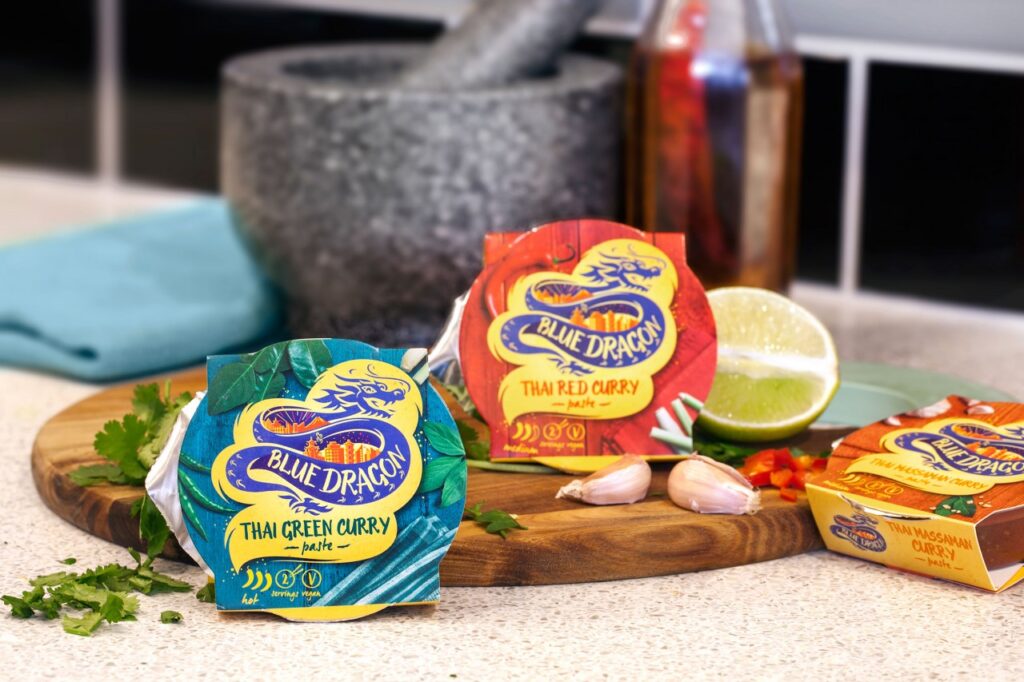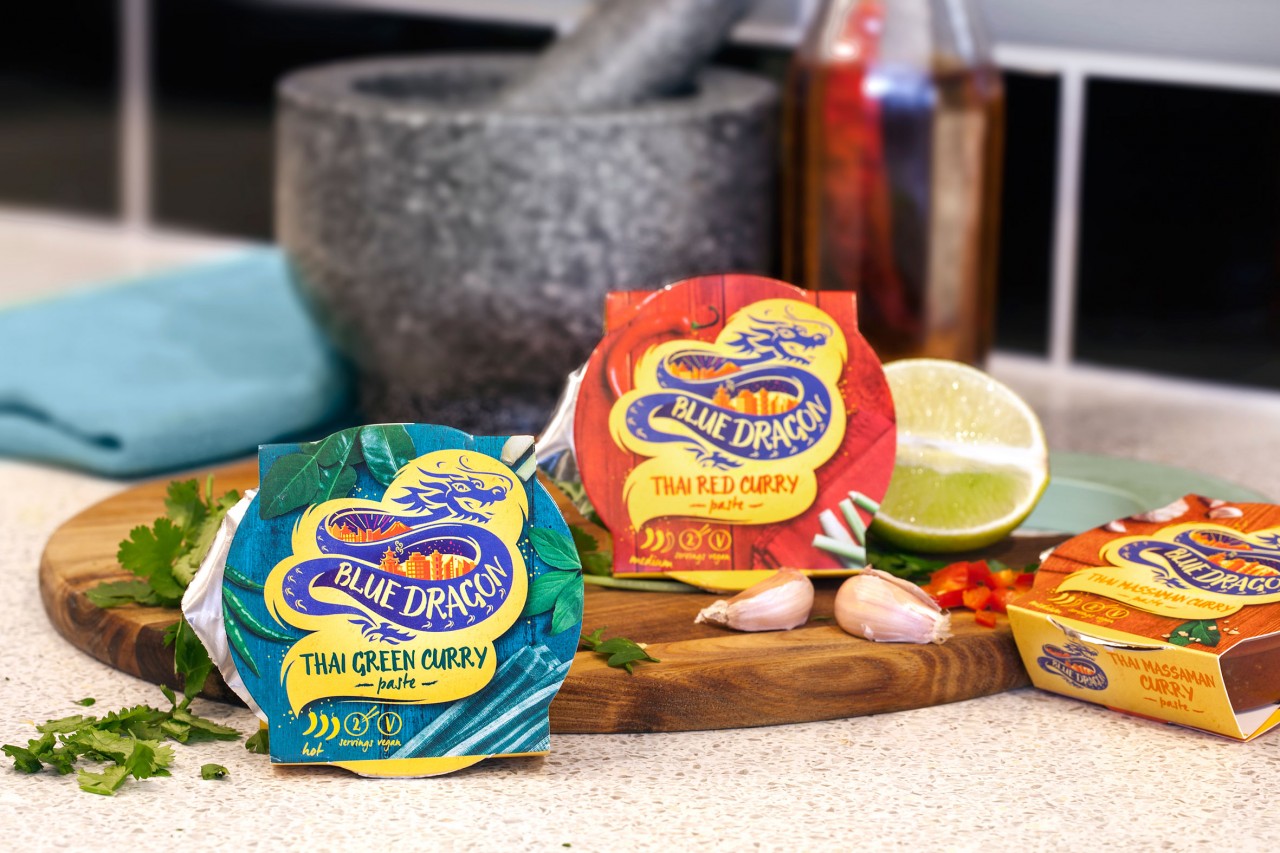
Unlocking the Umami: A Deep Dive into Blue Dragon Sauce
In the ever-evolving landscape of culinary exploration, certain sauces stand out for their unique flavor profiles and versatility. One such condiment is Blue Dragon Sauce. But what exactly is Blue Dragon Sauce, and why has it become a staple in many kitchens? This article delves into the origins, ingredients, varieties, culinary uses, and nutritional aspects of Blue Dragon Sauce, providing a comprehensive overview for both novice cooks and seasoned chefs. We will also explore some common questions and concerns surrounding this popular Asian-inspired sauce.
The Origins of Blue Dragon Sauce
Blue Dragon Sauce isn’t a centuries-old family recipe passed down through generations. Instead, it represents a modern approach to Asian flavors, designed for accessibility and convenience. The brand, Blue Dragon, was created to bring authentic Asian cuisine to Western consumers. While the exact origins of the specific sauce recipes are proprietary, the inspiration draws heavily from traditional Asian sauces and cooking techniques. The goal was to create a range of sauces that capture the essence of Asian flavors while being easy to use and readily available in supermarkets.
Key Ingredients and Flavor Profile
The composition of Blue Dragon Sauce varies depending on the specific type. However, some common ingredients form the base of many varieties. These often include:
- Soy sauce: Provides a salty, umami-rich foundation.
- Sugar: Balances the saltiness and adds a touch of sweetness.
- Vinegar: Adds acidity and tanginess, enhancing the overall flavor.
- Spices: A blend of spices, such as ginger, garlic, chili, and sesame, contribute to the sauce’s complexity.
- Thickeners: Ingredients like cornstarch or modified food starch help to create the desired consistency.
The resulting flavor profile is typically a balance of sweet, savory, and tangy, with varying levels of spiciness depending on the specific sauce. This versatility makes Blue Dragon Sauce a valuable addition to a wide range of dishes.
Popular Varieties of Blue Dragon Sauce
The Blue Dragon brand offers a diverse range of sauces, each with its own unique flavor profile and intended use. Some of the most popular varieties include:
- Sweet Chili Sauce: A balance of sweetness, chili heat, and garlic. Perfect for dipping, glazing, and stir-frying.
- Hoisin Sauce: A thick, dark sauce with a sweet and savory flavor, often used in marinades and as a dipping sauce for Peking duck.
- Teriyaki Sauce: A classic Japanese sauce with a sweet and savory flavor, ideal for grilling and stir-frying.
- Black Bean Sauce: A savory and slightly fermented sauce made with black beans, garlic, and ginger. Great for stir-fries and noodle dishes.
- Oyster Sauce: A rich, savory sauce made from oyster extracts, often used to add depth of flavor to stir-fries and vegetable dishes.
Culinary Uses of Blue Dragon Sauce
The versatility of Blue Dragon Sauce makes it a valuable asset in the kitchen. Here are just a few of the many ways you can use it:
- Marinades: Use Blue Dragon Sauce to marinate meats, poultry, or tofu before grilling, baking, or stir-frying. The sauce will impart flavor and help to tenderize the protein.
- Stir-fries: Add Blue Dragon Sauce to your stir-fries to create a flavorful and authentic Asian-inspired dish. Experiment with different varieties to find your favorite combination of flavors.
- Dipping Sauces: Serve Blue Dragon Sauce as a dipping sauce for spring rolls, dumplings, chicken wings, or other appetizers.
- Glazes: Brush Blue Dragon Sauce onto grilled or baked meats or vegetables during the last few minutes of cooking to create a sweet and savory glaze.
- Noodle Dishes: Toss cooked noodles with Blue Dragon Sauce and your favorite vegetables and protein for a quick and easy meal.
- Salad Dressings: Whisk Blue Dragon Sauce with oil, vinegar, and other seasonings to create a flavorful Asian-inspired salad dressing.
Nutritional Information and Considerations
As with any processed food, it’s important to be mindful of the nutritional content of Blue Dragon Sauce. Key considerations include:
- Sodium Content: Many varieties of Blue Dragon Sauce are high in sodium due to the soy sauce and other salty ingredients. Individuals with high blood pressure or other health concerns should consume it in moderation.
- Sugar Content: Some varieties of Blue Dragon Sauce, particularly sweet chili and teriyaki sauces, can be high in sugar. Be mindful of the sugar content, especially if you are watching your sugar intake.
- Additives: Some varieties of Blue Dragon Sauce may contain additives such as preservatives, artificial colors, or flavors. Check the ingredient list if you have any sensitivities or prefer to avoid these ingredients.
It’s always a good idea to read the nutrition label carefully and choose varieties of Blue Dragon Sauce that are lower in sodium and sugar, and that contain fewer additives. You can also make your own homemade versions of these sauces to control the ingredients and customize the flavor to your liking. [See also: Homemade Teriyaki Sauce Recipes]
Common Questions and Concerns
Is Blue Dragon Sauce gluten-free?
Not all varieties of Blue Dragon Sauce are gluten-free. Some may contain wheat-based ingredients such as soy sauce or thickeners. Check the label carefully to ensure that the sauce is certified gluten-free if you have celiac disease or gluten intolerance.
Is Blue Dragon Sauce vegan?
The vegan status of Blue Dragon Sauce depends on the specific variety. Some varieties, such as oyster sauce, contain animal-derived ingredients and are not vegan. Check the ingredient list carefully to ensure that the sauce is suitable for your dietary needs.
How should I store Blue Dragon Sauce?
Once opened, Blue Dragon Sauce should be stored in the refrigerator to maintain its quality and freshness. Be sure to check the expiration date on the bottle and discard the sauce if it has expired or shows signs of spoilage.
Can I make my own Blue Dragon Sauce?
Yes, it is possible to make your own versions of Blue Dragon Sauce at home. This allows you to control the ingredients and customize the flavor to your liking. There are many recipes available online for various types of Asian-inspired sauces. [See also: DIY Asian Sauce Recipes]
Conclusion: Embracing the Versatility of Blue Dragon Sauce
Blue Dragon Sauce offers a convenient and accessible way to add Asian-inspired flavors to your cooking. With a wide range of varieties available, from sweet chili to teriyaki to black bean, there’s a Blue Dragon Sauce to suit every taste and culinary application. While it’s important to be mindful of the nutritional content and ingredient list, Blue Dragon Sauce can be a valuable addition to any kitchen. Whether you’re marinating meats, stir-frying vegetables, or creating flavorful dipping sauces, Blue Dragon Sauce can help you unlock the umami and elevate your dishes to new heights. So, experiment with different varieties, explore new recipes, and discover the delicious possibilities that Blue Dragon Sauce has to offer.

